10 archaeological zones of Mexico beyond Chichen Itzá and Teotihuacán
The ancient cultures that inhabited Mexico left countless cities, temples, and ceremonial precincts full of beauty and mysteries.

The ancient cultures that inhabited Mexico left countless cities, temples, and ceremonial precincts full of beauty and mysteries. Teotihuacán and Chichen Itza are the two best-known archaeological sites in Mexico. Both concentrate more than 40% of the annual visits according to the National Institute of Anthropology and History (INAH). Their importance in pre-Hispanic cultures is indisputable; however, 185 other archaeological sites throughout the national territory hold relics of the past, most of them still uncovered.
Xcaret, Quintana Roo
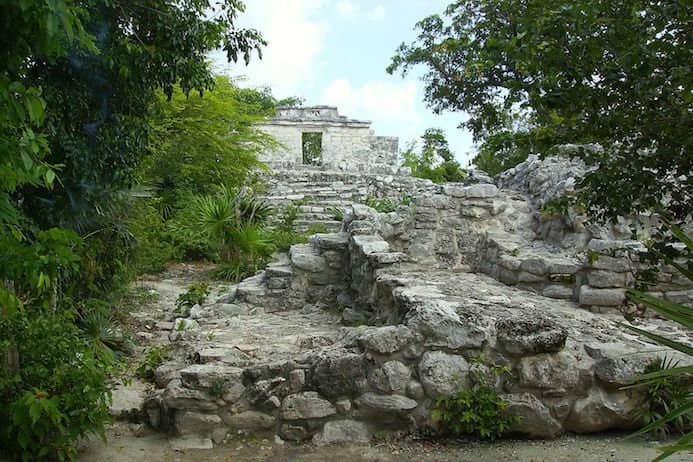
Overshadowed by the homonymous amusement park, it is possible to access this archaeological site without entering the park. It is one of the most important ports of the Maya, connecting the island of Cozumel with the mainland. It has caves, cenotes, housing units, and platforms that served as a starting point for ceremonial groups and despite the fame of the tourist complex, is one of the least visited sites in the country. According to INAH data, in eleven years it has received only 172 visitors.
Balamcanché, Yucatán

Located only 6 kilometers from Chichén Itzá, it is an imposing cave that functioned as a Mayan ceremonial center, with stalactites and stalagmites, considered as an entrance to the underworld by the ancient inhabitants of the Mexican southeast. Inside, a geological whim that joined a stalagmite with a stalactite was considered a sacred site because of its similarity to a huge ceiba tree.
Huápoca, Chihuahua
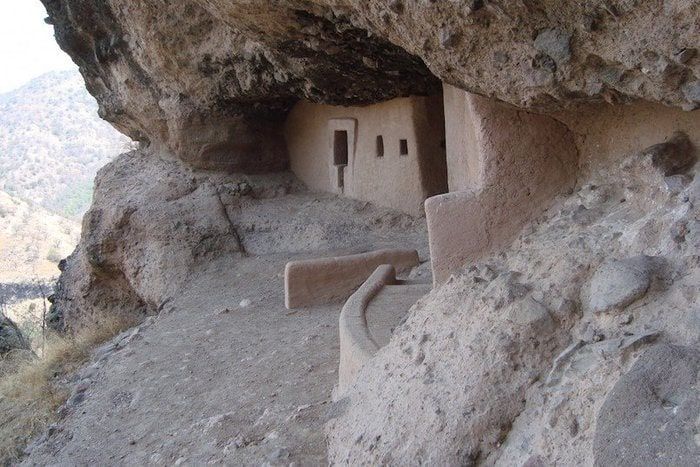
Nestled in the Sierra de Chihuahua, this archaeological zone accounts for the human settlements that settled in northern Mexico. Huápoca has four groups of three caves that functioned as housing complexes for the mogollón culture, as well as impressive houses on cliffs and urban centers separated by enormous distances.
Xelhá, Quintana Roo

As it happens with Xcaret, the archaeological zone of Xelhá is little visited by the reflectors of the homonymous tourist park. Surrounded by abundant vegetation, this port was a ceremonial center made up of five groups of buildings, of which the Group of the Birds stands out, where you can see wall paintings of the Mayans with some well-preserved pigments, in addition to the Jaguar Group, a group of buildings with feline representations that mark the entrance to a cenote.
Yaxchilán, Chiapas
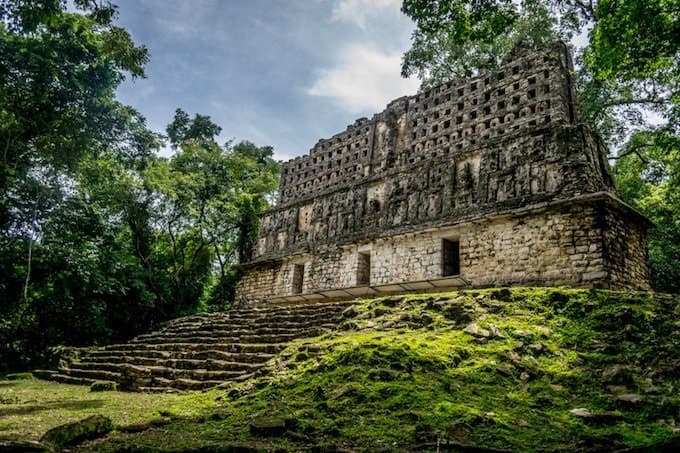
Although it does not have the media attention and reflectors of Palenque, this archaeological zone located a few steps from the borderline of the Usumacinta -the river that divides Mexico from Guatemala- is perhaps the best-kept secret of the ancient Mayan cities. The lintels, inscriptions, and stelae that are arranged among the 120 buildings of the complex are some of the best-preserved specimens of this civilization.
Balamkú, Campeche
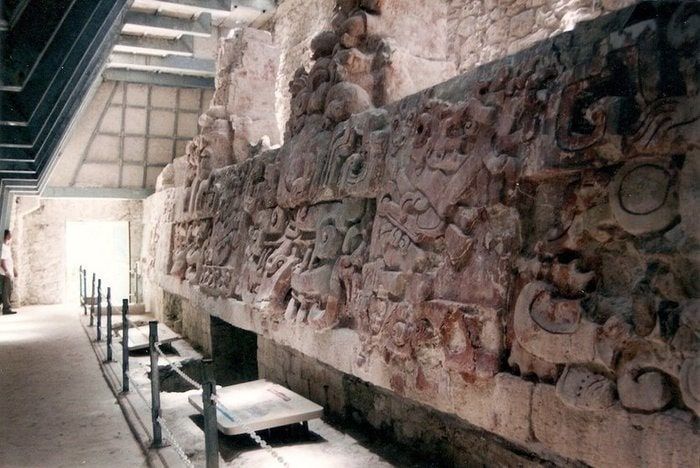
Discovered less than three decades ago, this archaeological zone has three complexes that are still in the process of being excavated. One of them keeps an authentic Mayan relic: it is a unique frieze of its kind, which represents four scenes with three jaguars that give an account of the Mayan duality and the underworld.
Quiahuiztlán, Veracruz

Located in the imposing Cerro de los Metates, Quiahuiztlán was a Totonac city that in its period of flowering hosted more than 16 thousand people. With three cemeteries, a ball game, and groups of pyramids that account for the two invasions that suffered at the hands of Toltec and Mexica.
Tamtoc, San Luis Potosí
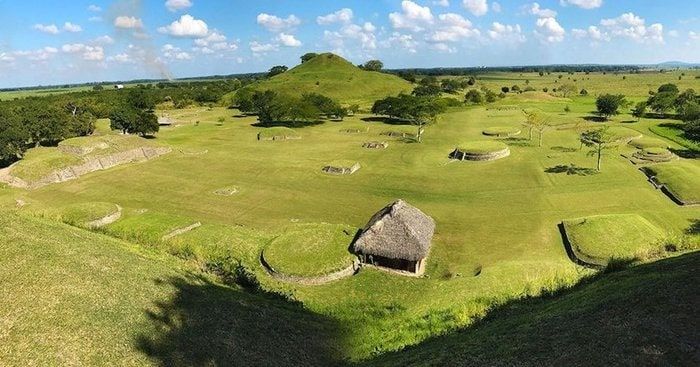
Less than 50 kilometers from Ciudad Valles is Tamtoc, a mysterious Huastec city whose population could be composed almost entirely of women. Some interpretations suggest that this archaeological zone could be the inspiration of Aztlán, the mythical city from which the Aztecs departed towards the center of Mexico.
Dainzú, Oaxaca
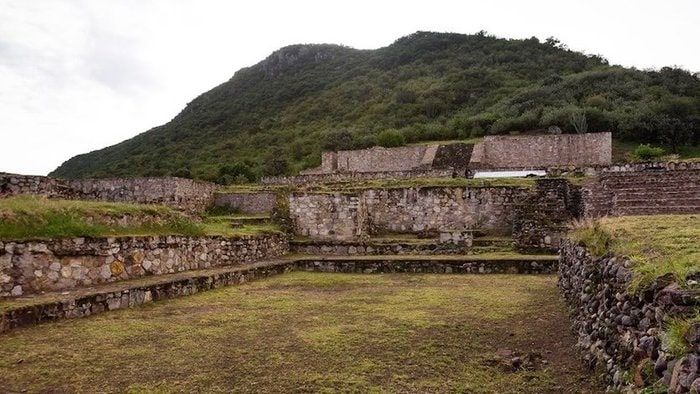
Located on the side of a hill, the archaeological zone of Dainzú was a Zapotec settlement that presumably found engravings and a tomb, as well as a ball game court with reliefs that represent the protagonists in scenes of the game.
Chalcatzingo, Morelos
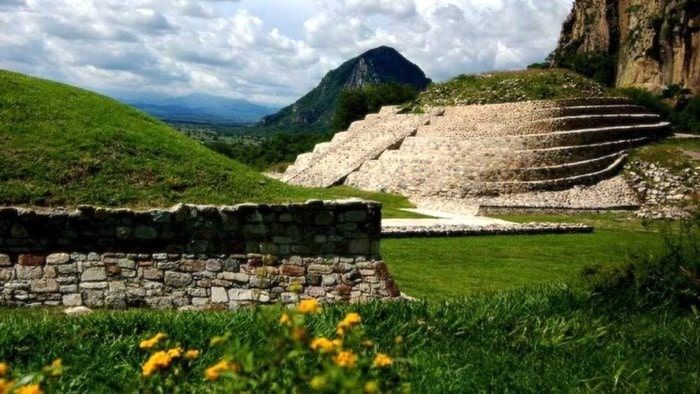
A pyramid that shapes the central square, which extends between two hills, the Chalcatzingo and El Delgado. This settlement was probably of Olmec construction, as it has the decorative style of the buildings and other characteristics in common with La Venta. The engravings found on this site are the main attraction for tourists as well as for archaeologists and historians.




